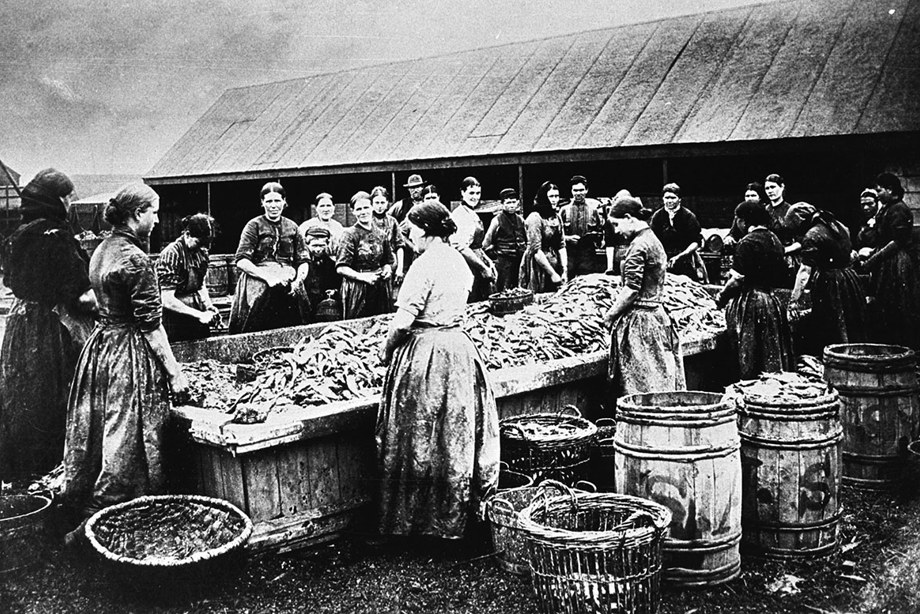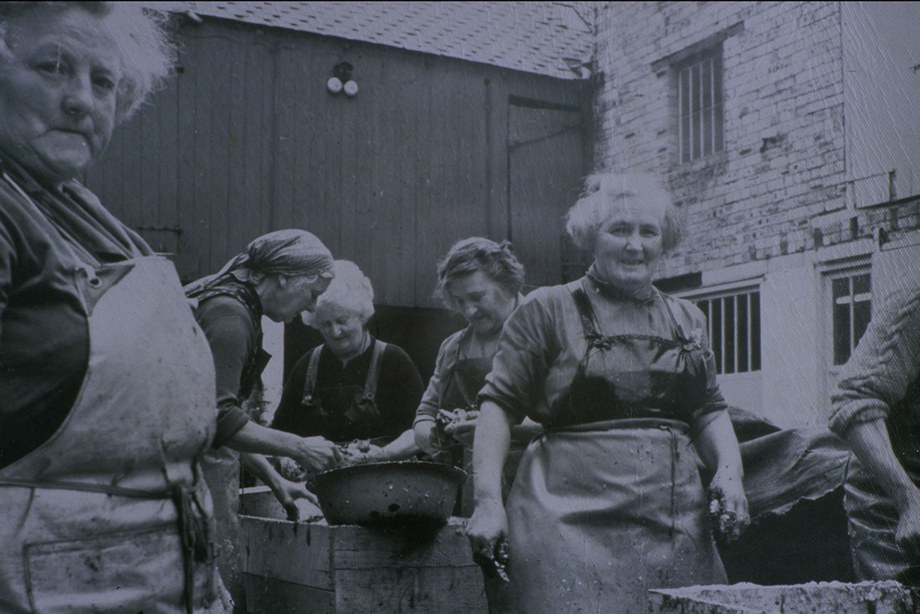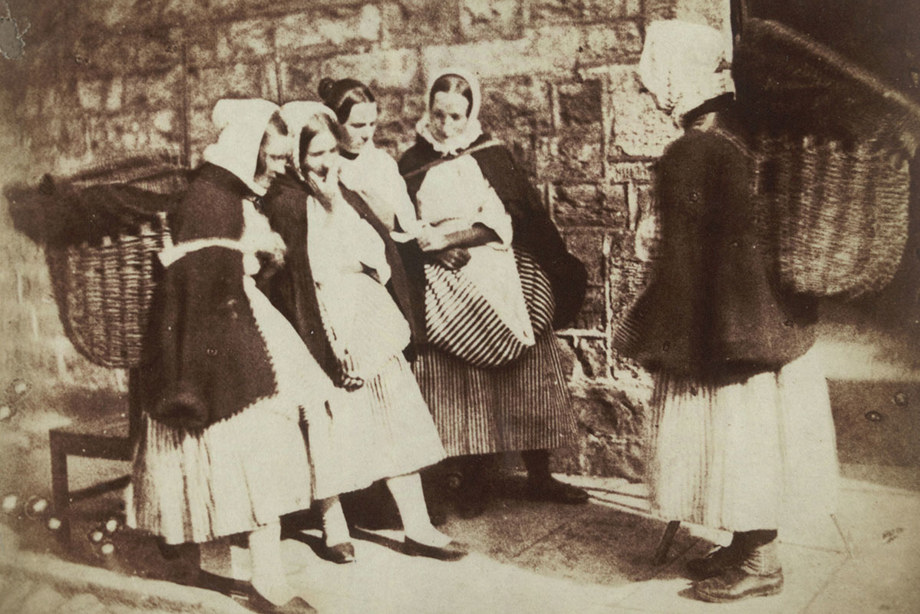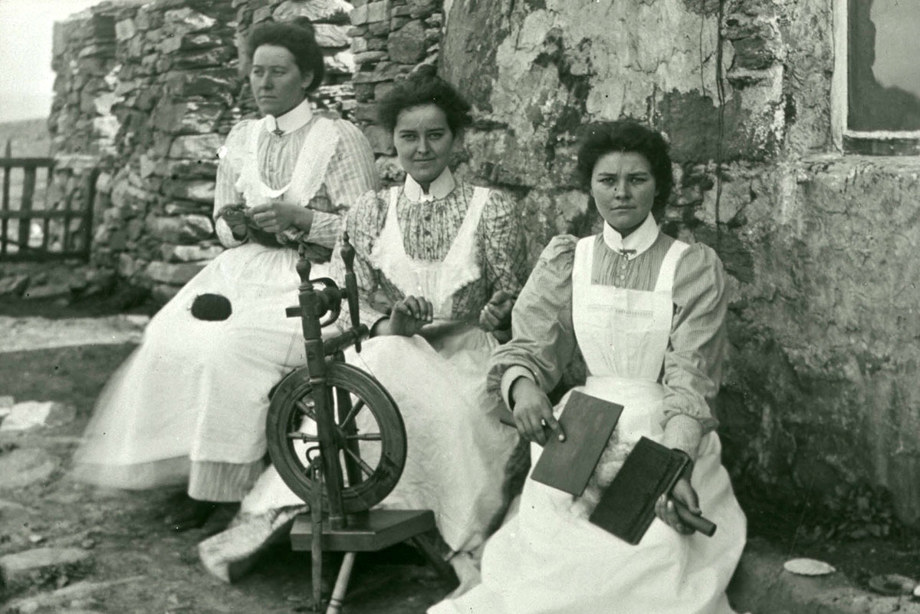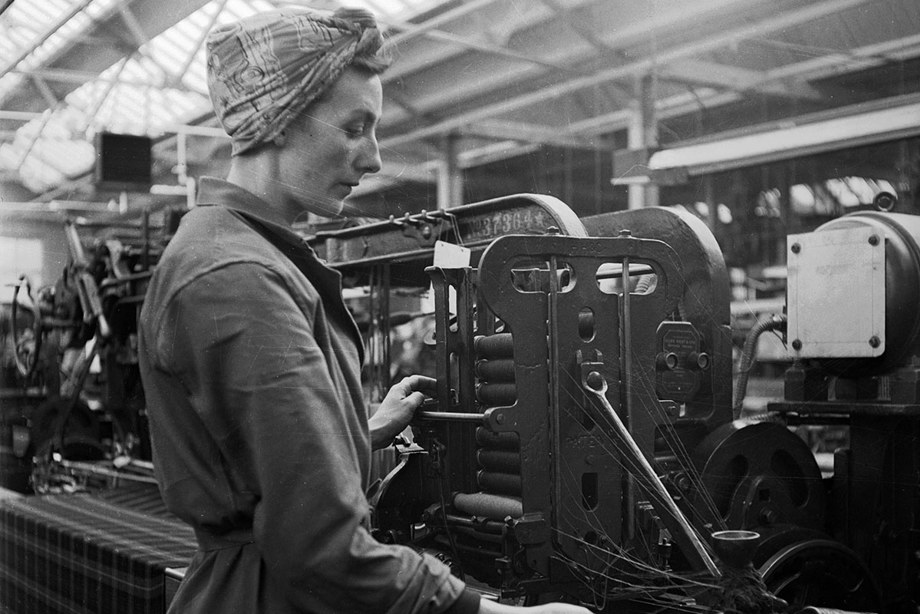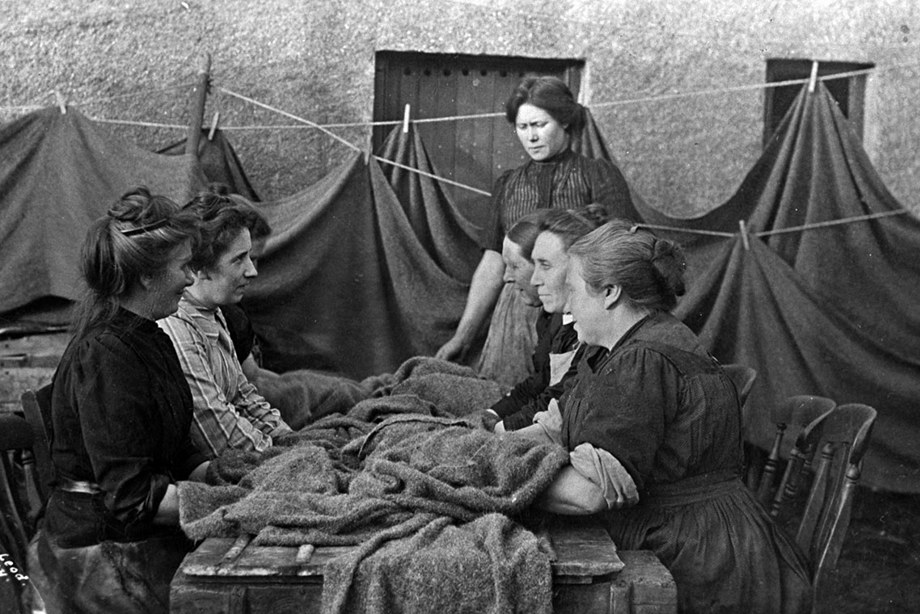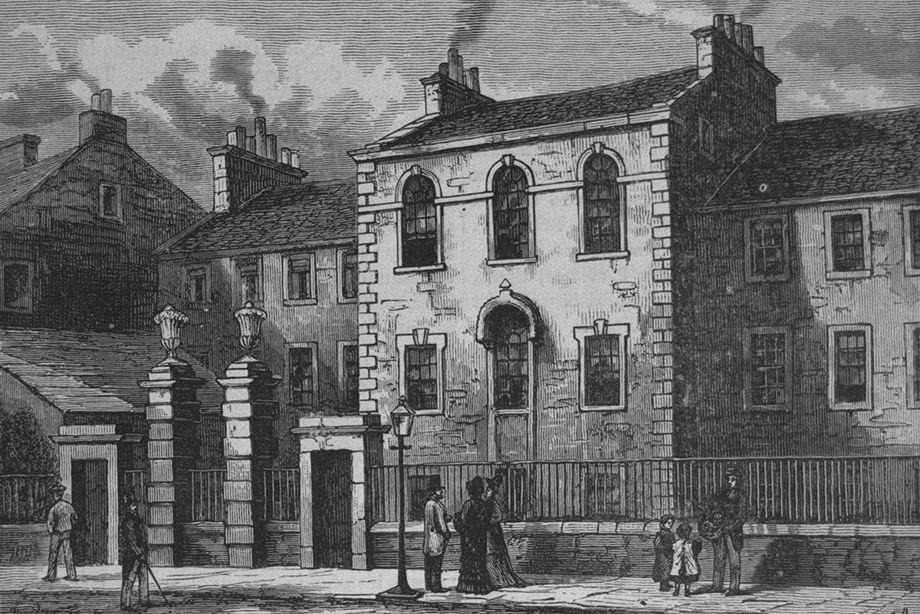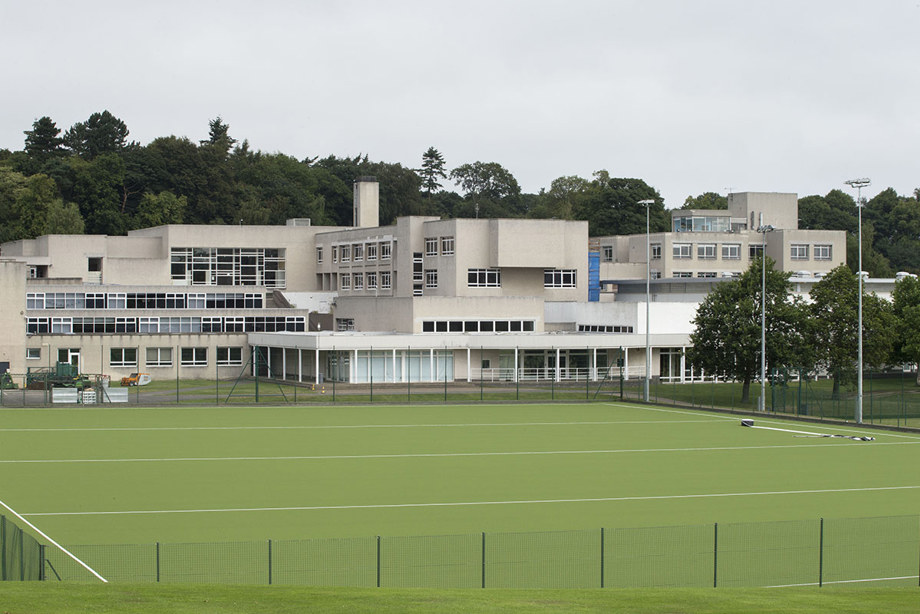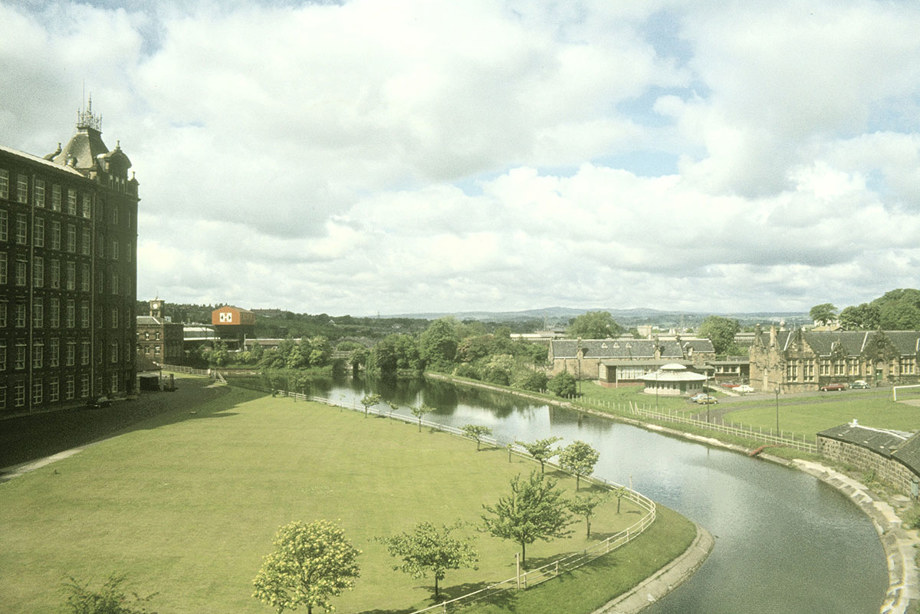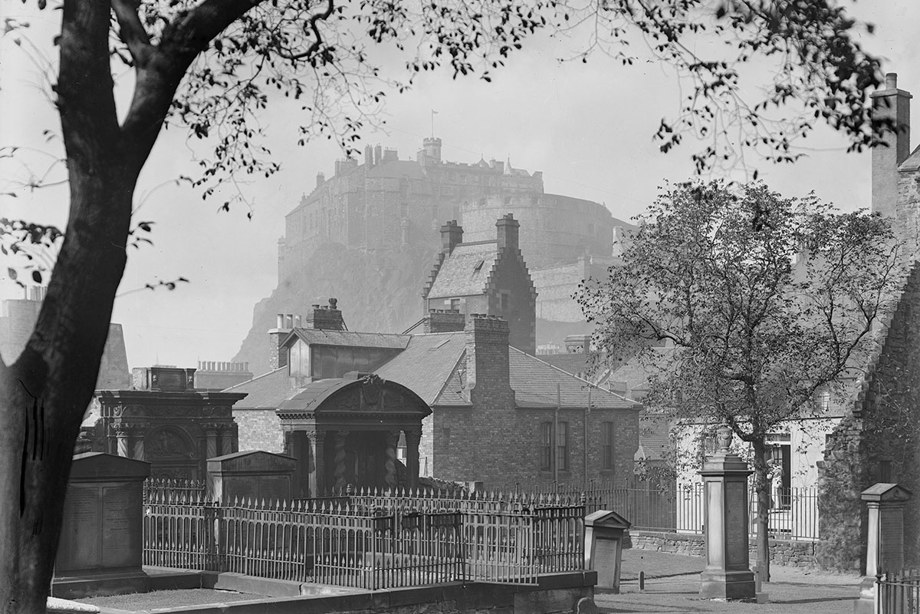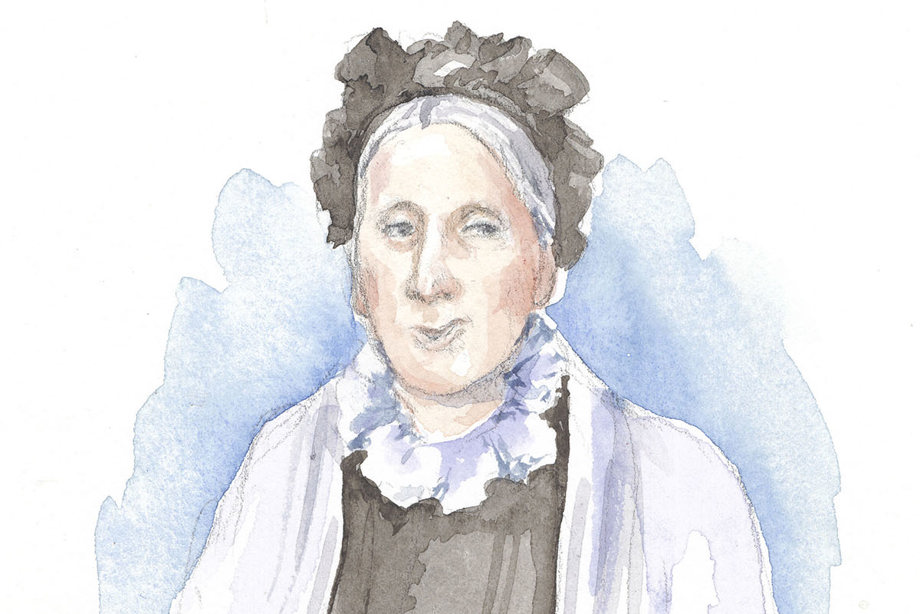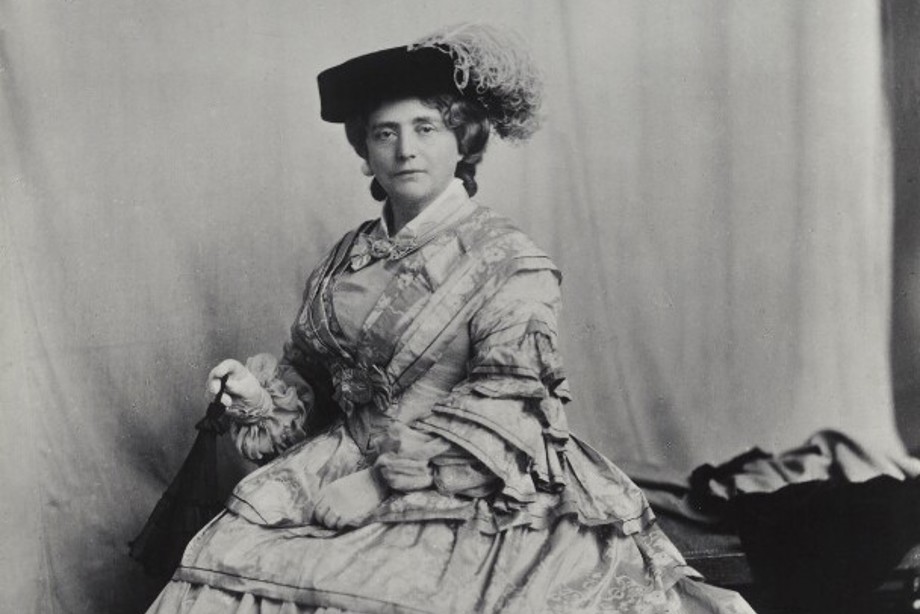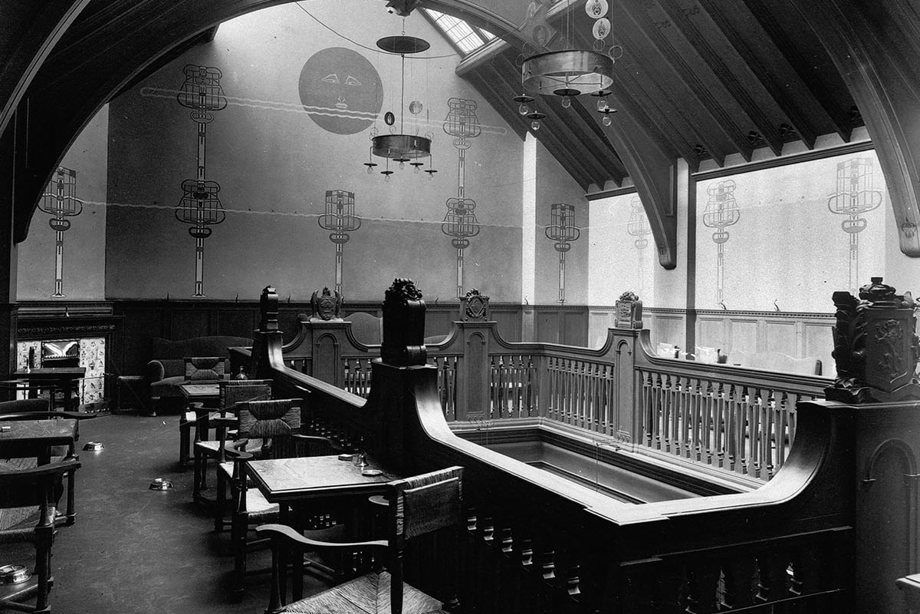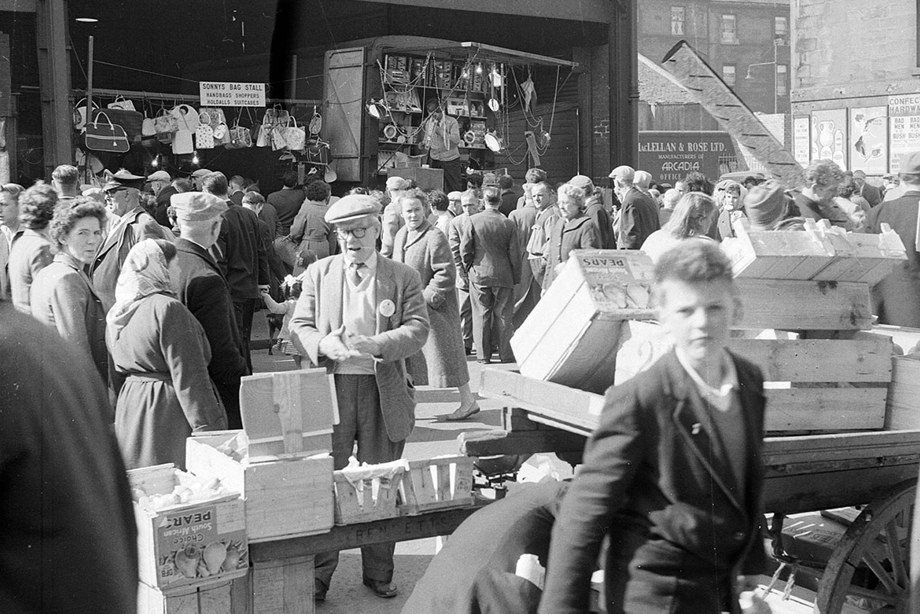Until the industrial revolution, society was mostly rural and women were just as involved in physically demanding farm work and the fishing industry as men.
As times changed prevailing attitudes meant women would be employed in the domestic sphere, household servants and cottage-level production.
However, some women found themselves at the heart of early commercial developments as industry progressed alongside technology. In Paisley, the thread industry went on to employ seven times more women than men, not only as workers in the factories, but as pioneering entrepreneurs.
From private banker to industrialist to art patron, these are some of the pioneering women who broke through barriers and made a living for themselves and improved opportunities and lives for other women.
Fishwives
Women played an important role in the fishing industry in Scotland.
The majority of women in Scotland’s fishing industry would gut and cure the catches, although some were employed to bait lines.
In most fishing communities, it was common to hold daily fish markets out in the open air, on the pier. Fishwives would carry creels of fish to hawk around the countryside and nearby towns.
As indoor markets started to appear, fishwives, as well as farmer’s wives, would sell their produce, such as fish, eggs, fowls and dairy products at local markets such as the Inverness Indoor Market.
Spinning and Weaving
In various communities, like on the Outer Hebrides, census records reveal that the majority of weavers were women.
The processing of wool was a time-consuming activity. It involved cleaning, washing, dyeing, carding and spinning - all mainly done by women, as was waulking or fulling, the last stage in the production of homespun tweed.
Throughout the industrial revolution, the gender imbalance in the labour market for textile manufacturing continued. By 19th century Dundee, women outnumbered men three to one in the mills, leading to the city's the nickname of 'she town'.
Waulking songs
This last step in home-spun cloth production was waulking. It was exclusively done by women and accompanied by songs, to help pass the time and maintain the rhythm of the stretching and beating of the tweed.
With this process, the cloth shrank and thickened and made the tweed more airtight. It was done by hand, or earlier by feet, and was exclusively women’s work.
The cloth was placed on a ridged table and a group of women would sit either side of it, passing the cloth back and forth while pummelling and stretching it. The songs topics were often gossip and silly stories.
Mary Erskine (1629 – 1707)
Some women, like Mary Erskine, ran their own businesses. She was a successful businesswoman, a private banker and supporter of education for women.
Born in Clackmannanshire, she married twice and after her first husband died, she became a shopkeeper.
Spurred on by her success, Erskine later set up business as a private banker, lending money to businessmen and to other widows to encourage them into business.
In 1694, she decided to establish an institution for maintaining and educating orphaned and impoverished Edinburgh girls. She discussed her wishes with the Edinburgh Merchant Company and the Merchant Maiden Hospital was opened in premises in the Merchant's Hall in the Cowgate shortly after.
Erskine’s Legacy
By 1706, the Merchant Maiden Hospital had outgrown its accommodation and Erskine bequeathed more money to purchase more suitable premises for the school. In 1707, the school was accredited by the Scottish Parliament.
While it moved accommodation at least three more times and was renamed the Mary Erskine School in 1944, the school still exists today in Edinburgh. It is one of the oldest girls’ schools in the world.
Erskine’s interest in charitable causes stretched further and she left money to several churches for the support of the poor of the parish.
Mary Erskine is buried in the Greyfriars Kirkyard, Edinburgh.
Christian Shaw (1685 – 1737)
Christian Shaw was an entrepreneur who helped lay the foundations of the manufacturing prosperity in Renfrewshire.
Shaw was the daughter of the ninth laird of Bargarran, a landowner of modest means. Little is known of her early adulthood, but after her first husband, John Miller, died, Shaw re-joined the family trade of manufacturing linen thread.
After a trip to Europe and a tour of a textile factory in Holland, she introduced a Dutch method of spinning strong white thread, naming it the Bargarran Thread. She founded a small manufacturing company in Johnstone, near Paisley, and by the 1720s the Bargarran Thread was seen to be a mark of quality and apparently fetched a high price.
Under Shaw’s management, the Bargarran Thread Company was thriving.
Spinning Tales
From the late 1720s, Shaw was based in Leith and became involved in a spinning school in Edinburgh which educated women in the process of thread production. It is probable this was a commercial enterprise as she was a successful entrepreneur by this time.
Though known as a successful businesswoman, as a child Shaw was instrumental in the infamous Bargarran witch trials of the 1690s. She claimed to be tormented by witchcraft after being cursed and the outcome was fatal for the eight accused. One died in his cell, the others were hanged and then burned at the Gallow Green in Paisley in June 1697.
Christian is buried in the Greyfriars Kirkyard, Edinburgh.
Christian Watt (1833 – 1923)
Christian Watt’s work was varied, with time spent as a domestic servant, a fishwife and a writer.
She was born into a large fisher family at Broadsea, Fraserburgh. When she was only eight, she started work as a domestic servant. At age eleven, she went with the Broadsea fishermen to the west coast to gut and cook herring. Watt continued working as a domestic servant in London and America, but returned to Fraserburgh where she married a fisherman and had nine children.
Life as a fisherman was dangerous and Watt lost many family members at sea, including her 13 year-old-son.
While admitted to the Aberdeen Lunatic Asylum at Cornhill she wrote her memoir, The Christian Watt Papers. They offer an insight into the lives of fishing families in the latter half of 19th century.
Kate (Catherine) Cranston (1850-1934)
Born in Glasgow, Kate Cranston was a businesswoman who had progressive taste in interiors.
Cranston’s business model was based on the temperance movement, which promoted tea and coffee as an alternative to alcohol. Cranston’s families were firm advocates of the movement and the first Scottish societies promoting a lifestyle of abstinence were in nearby Greenock and Maryhill.
Between 1884 and 1904, she built up a chain of tearooms in central Glasgow. Her tearooms on Argyle Street, Ingram Street, Buchanan Street and Sauchiehall Street, featured the work of architects George Walton and Charles Rennie Mackintosh.
An Arts and Crafts Tea Room Experience
In 1896, Cranston commissioned Mackintosh to design a new set of interiors for the Argyle Street outlet, followed by the Ingram Street branch in 1900.
However, it was their partnership on the famous Willow Tea Rooms on Sauchiehall Street that gained the most recognition. Cranston gave Mackintosh and his wife Margaret MacDonald the freedom to create the entire building and its contents.
Combined with fascinating and contemporary interiors and a high standard of service, Cranston’s reputation reached far and wide and drew customers in, making her tearooms very popular and among the sights of the city.
Cranston retired in 1919, having sold her tearooms in Argyle and Buchanan Street in 1917.
Margaret (Maggie) McIver (1879 – 1958)
Margaret McIver was an entrepreneur who founded the legendary and much loved Barrowland Ballroom. She was also instrumental in setting up the Barras market and became known as the "Barras Queen".
Born in Bridgeton, Glasgow, McIver had her first experience of business aged twelve when she looked after a family friend’s fruit barrow and later opened her own fruit shop. She married James McIver, who also became her business partner in hiring out horses and carts to local hawkers.
During World War One, street trading was discouraged. McIver witnessed other vendors being booked by the police and decided to provide a place for trading to continue.
She saved money to buy the land for a market to enable the traders to safely sell their goods and the McIvers organised a Saturday market on their land, known as the Barras.
The Background to the Barras
The Barras market soon attracted over 300 vendors. The McIvers covered the market to provide more shelter in 1926 and it was fully enclosed a couple of years later.
After her husband’s death, Maggie McIver was left to raise their nine children. She took full advantage of the dancing craze of the 1930s and had a hall built. The Barrowland Ballroom opened on Christmas Eve 1934. The dancehall became world-renowned and attracted musicians from all over the world.
The original ballroom was destroyed in a fire shortly after McIver's death in 1958 but was rebuilt and is still in use today as a music venue.
In 2017, she was awarded with a commemorative plaque from Historic Environment Scotland at 244 Gallowgate, Glasgow.
The Women of Scotland continued
Discover more of the unsung heroines and well-known women in Scotland's past.

